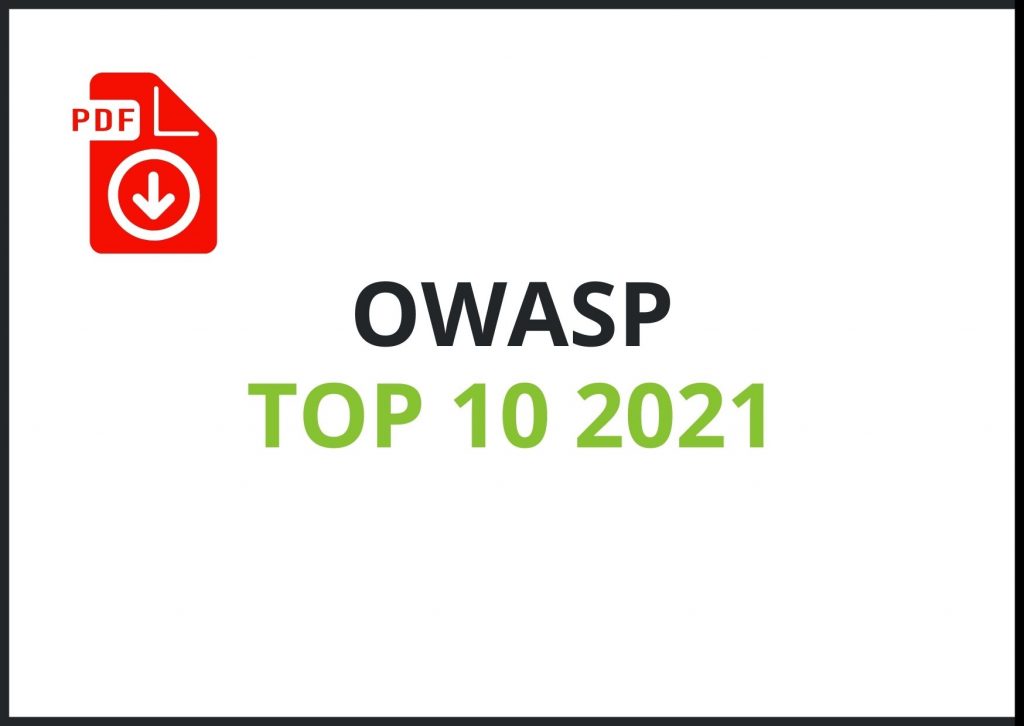What is Web Application Penetration Testing?
Web application penetration testing is a critical evaluation of a web application that is used to find, evaluate, and fix vulnerabilities in web applications. Consider it an all-encompassing system health check-up with the goal of ensuring application operation, data integrity, and, most importantly, strong application security.
Working systematically, the tester assesses each component for possible weaknesses that could allow for breaches or unauthorised access. Testers adhere to a web penetration testing methodology that is adapted to the particular application that is being examined.
What is a web application penetration testing methodology?
A methodology is a process a penetration tester follows to ensure that the application has been tested properly, it includes tips and guidance which will help a tester in ensuring depth to the testing. Good penetration testing should be conducted to the standards defined by leading industry experts.
When it comes to web applications this is undoubtedly OWASP (The Open Worldwide Application Security Project). OWASP provides a testing guide that should be followed in most cases. OWASP standard web application assessments are broken up into subsections, which follows the industry standard as of 2023; testing each of these ensures the application has been thoroughly tested. These subsections are as follows:
Information Gathering Configuration and Deploy Management Testing Identity Management Testing Authentication Testing Authorisation Testing Session Management Testing
Data Validation Testing
Error Handling
Cryptography
Business logic Testing
Client Side Testing
API Testing
Why web application security is important.
Web Application Penetration Testing has become more than just important – it’s absolutely vital. Cyber threats have seen a significant upswing in recent years (Driven by many factors), making the implementation of robust security measures no longer a choice but an absolute necessity for any business that wants to keep their user data under wraps.
Web applications often serve as the digital frontline for businesses (And in many cases the product the company sells), making them a highly attractive target for cyber attackers. It’s like an ongoing arms race against capable adversaries – the necessity to discover potential vulnerabilities that might have been missed by developers due to tight deadlines or simple oversight is absolutely critical. Our penetration testing solution can help identify these vulnerabilities before an attacker does.
By ensuring the security of your web applications, you’re not just safeguarding your sensitive data, such as customer information and proprietary business data, you’re also safeguarding your company’s reputation.

“Regular web application pen testing isn’t a luxury; it’s a necessity in an age where threats evolve faster than solutions.”
— Callum Duncan, Sencode Technical Director
When your web applications have undergone a rigorous Web Application Penetration Testing, you help your business avoid financial losses that could be associated with a potential security breach. In addition to this, it ensures regulatory compliance. Above all, a securely tested web application ensures the continuity of business operations and delivers a smooth, reliable experience to the user.
What are the benefits of a web app pen test?
Penetration testing identifies the security gaps in your web applications, offering a path to remediation before they can be exploited.
- Regulatory Compliance: Many industries, such as healthcare and finance, have strict data protection standards. Regular web application penetration testing helps maintain these standards.
- Protecting Brand Reputation: A security breach can do lasting damage to your brand’s reputation. By proactively seeking out and fixing vulnerabilities, your business can demonstrate commitment to security.
- Cost Savings: The financial impact of a security breach can be devastating. Penetration testing is a proactive measure that could save your business money in the long run.
To ensure you get the most out of a web application security assessment. Take a look at our handy guide (How to plan Web Penetration Testing : A guide in 2023)
What tools are used for web app penetration testing?
A variety of sophisticated tools are utilised to ensure the robustness and security of a modern web application. Central to a penetration testers toolkit is Burp Suite, a versatile web application security testing tool that is the defacto standard for security testers.
Burp Suite excels in providing a mix of automated and manual testing features, facilitating target mapping, and comprehensive attack surface analysis. Burp Suite can be used to find XSS, SQL Injection, SSRF, and many other issues. The input from a skilled security professional helps discover, verify, and push each vulnerability to its limits.
To ensure the robustness and security of a modern web application, a penetration tester’s toolkit extends beyond just Burp Suite. Open-source community offerings, such as OWASP ZED Attack Proxy (ZAP), are also widely employed. However, a key distinction between ZAP and Burp Suite lies in their functionality and user bases. While ZAP is a highly capable tool, it often requires a more hands-on approach and a deeper understanding of the testing process, making it more suitable for developers and functional testers.
In contrast, Burp Suite, with its balance of automated and manual testing features, is often favoured by professional penetration testers due to its flexibility and the depth of control it provides.
What are the next steps?
Contact us
Contact a member of our consulting team either by phone, email, or pigeon post. We will then discuss whether we can help you and arrange a scoping meeting to discuss your requirements.
Proposal
In the scoping meeting, our expert consultants will discuss and finalise which digital assets you need testing. We will then put together a project proposal and quote based on the requirements and agree on a schedule for conducting the security assessment.
Penetration Testing
The testing starts. A member of our penetration testing team will liaise with a member of your company throughout the entire testing process. If we have any questions or concerns, you will be the first to know.
Report & Remediate
A penetration test is useless without a well-written report. Our reports are written in plain English, concise and thoroughly documented. Each report will detail an executive summary, risk ratings, a business risk summary and all of the issues we found throughout the engagement.
Book your retest.
Here at Sencode we offer free retesting with every penetration test we conduct.
You fix the issues, then we will verify they can no longer be exploited by an attacker.
Get a security certificate for your business.
Just a PDF document with a list of issues? No thank you.
Our clients receive a testing certificate that can be shared with partners and customers alike. Showing that your company takes security seriously.
What is the OWASP Top 10: Download our flash cards to find out.
Inside you will find a description of the most common web vulnerabilities.
Contact us
Get a free, no obligation quote from one of our expert staff.
Frequently Asked Questions
The cost of a web application penetration test in the UK can vary widely based on several factors:
Complexity and size of the web application: A larger application with more features and functionalities will require more time and effort to test, increasing the cost.
User roles: An application featuring multiple user roles—such as guest, standard, admin, or superadmin—will require significantly more time to test than an application with a single role. This extended timeframe is attributed to the tester’s need to thoroughly examine both horizontal and vertical access controls for each distinct role.
Depth of the penetration test: A simple vulnerability assessment will cost less than a deep-dive penetration test that aims to exploit and demonstrate vulnerabilities.
Reputation and experience of the testing firm: Established firms with a strong track record might charge more than smaller or newer firms.
All of these things should be considered before committing to purchasing a penetration test from a firm. If possible, speak to a senior consultant and ask questions to understand how the testers will conduct the assessment. Not all testing is created equal. If you have purchased a penetration test, give our guide a read to better understand how to prepare for your assessment.

